Sustainability Focus
The Menstrual Cup Market is experiencing a notable shift towards sustainability, driven by increasing environmental awareness among consumers. As individuals become more conscious of their ecological footprint, the demand for eco-friendly menstrual products rises. Menstrual cups, made from medical-grade silicone or rubber, offer a reusable alternative to traditional disposable products, significantly reducing waste. Reports indicate that a single menstrual cup can replace up to 2,400 tampons or pads over its lifetime, which aligns with the growing trend of sustainable living. This shift is not merely a passing phase; it appears to be a fundamental change in consumer behavior, suggesting that the Menstrual Cup Market may continue to expand as more individuals seek environmentally responsible options.
Innovative Product Development
Innovation plays a crucial role in the Menstrual Cup Market, as manufacturers strive to enhance product design and functionality. Recent advancements include the introduction of various sizes, shapes, and materials to cater to diverse consumer preferences. Additionally, some companies are exploring the integration of smart technology, such as sensors that track menstrual flow, which could revolutionize user experience. The market data indicates that the introduction of innovative features has the potential to attract a broader audience, including younger consumers who are more inclined to adopt new technologies. This focus on product development not only addresses consumer needs but also positions the Menstrual Cup Market for sustained growth in a competitive landscape.
Economic Factors and Cost Savings
Economic factors play a pivotal role in shaping the Menstrual Cup Market, particularly in terms of cost savings. Menstrual cups, while having a higher initial purchase price, offer long-term financial benefits due to their reusability. Over time, users can save a substantial amount compared to the recurring costs of disposable products. This aspect is particularly appealing in regions where economic constraints are prevalent. Market analysis indicates that as consumers become more budget-conscious, the attractiveness of menstrual cups as a cost-effective solution is likely to drive growth in the Menstrual Cup Market. The potential for significant savings may encourage more individuals to consider switching from traditional products to menstrual cups.
Health and Hygiene Considerations
Health and hygiene considerations are increasingly influencing consumer choices within the Menstrual Cup Market. Many individuals are seeking alternatives to traditional menstrual products due to concerns about the potential health risks associated with synthetic materials and chemicals found in some pads and tampons. Menstrual cups, being made from hypoallergenic materials, are perceived as a safer option. Furthermore, the ability to wear menstrual cups for extended periods without compromising hygiene is appealing to many users. Market data indicates that a significant portion of consumers prioritize health benefits when selecting menstrual products, suggesting that the Menstrual Cup Market may continue to thrive as health-conscious choices become more prevalent.
Increased Awareness and Education
The Menstrual Cup Market benefits from a growing emphasis on education and awareness regarding menstrual health. Campaigns aimed at demystifying menstrual cups and promoting their benefits are gaining traction, particularly in regions where traditional menstrual products dominate. Educational initiatives, often spearheaded by non-profit organizations and health advocates, aim to inform consumers about the advantages of menstrual cups, such as cost-effectiveness and reduced environmental impact. Data suggests that as awareness increases, so does the adoption rate of menstrual cups, indicating a positive correlation between education and market growth. This trend highlights the importance of informed consumer choices in shaping the future of the Menstrual Cup Market.
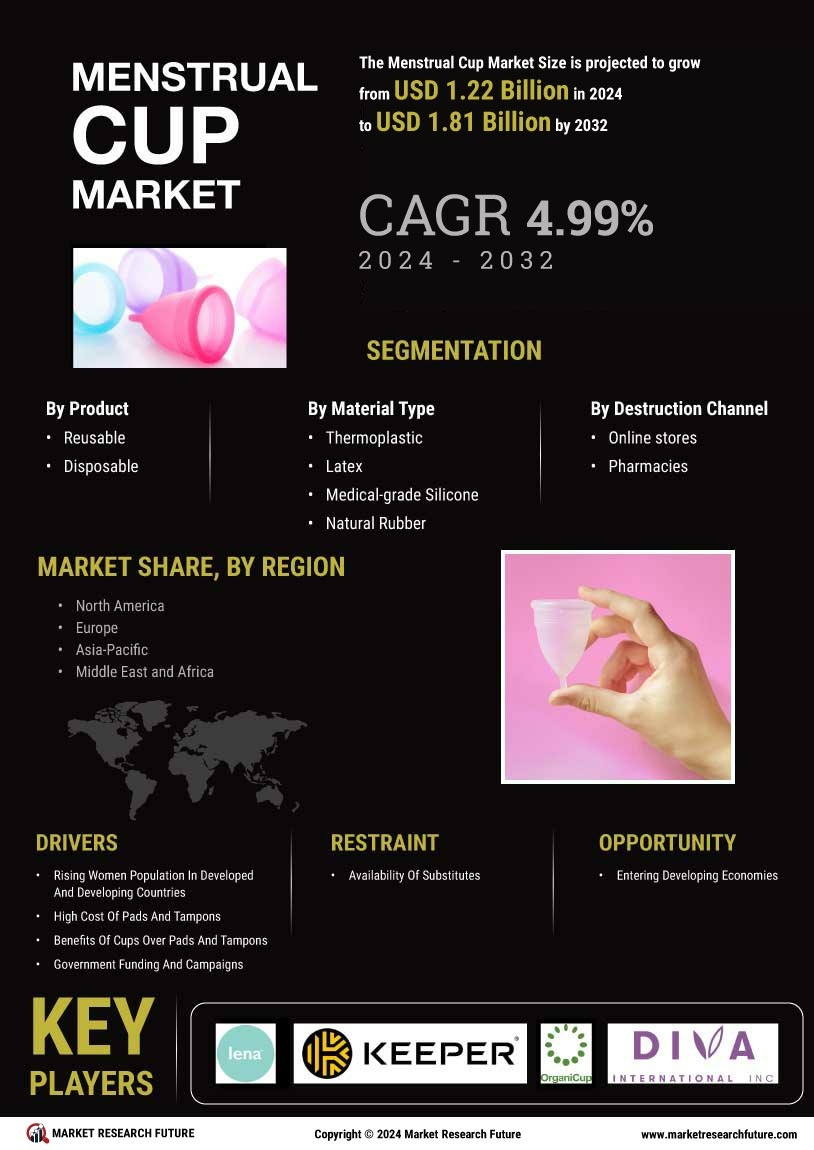

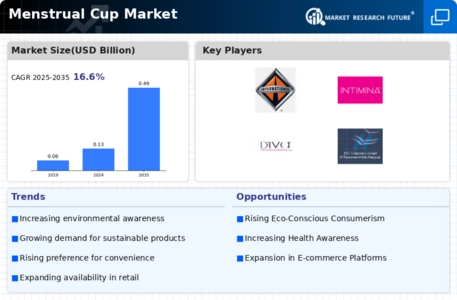
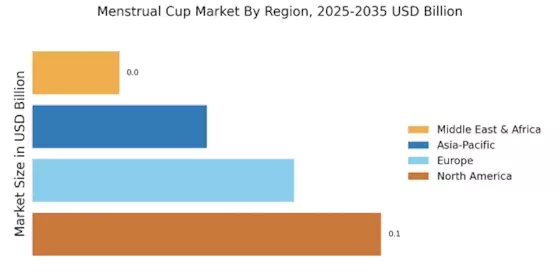
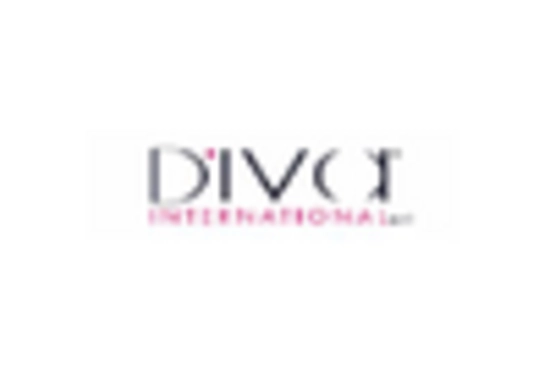

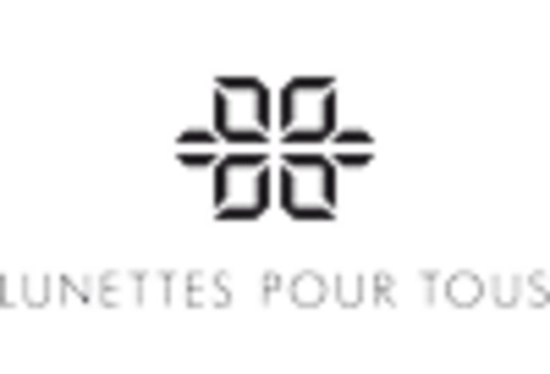
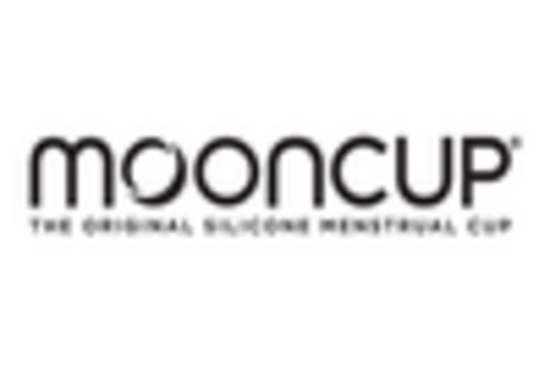

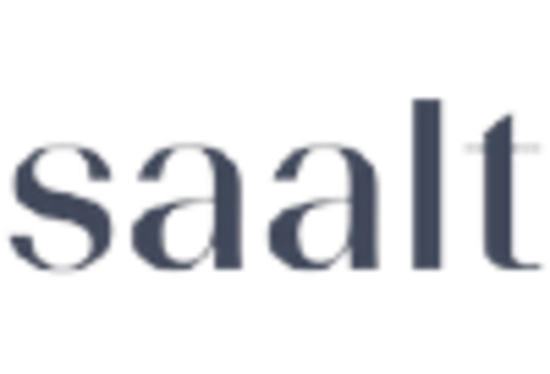








Leave a Comment